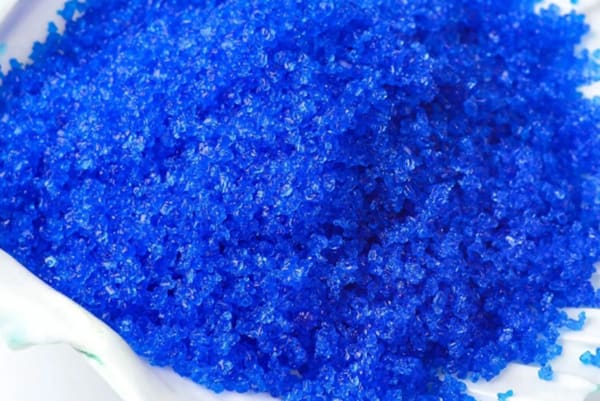Copper sulfate, a versatile compound with a rich history, finds applications in various fields, from agriculture to industry. It exists in different forms, with copper sulfate pentahydrate being one of the most common. Understanding the distinctions between these two forms is crucial for their effective utilization.

Chemical Composition
Copper Sulfate:
Chemical formula: CuSO₄
A crystalline solid composed of copper ions (Cu²⁺) and sulfate ions (SO₄²⁻).
Copper Sulfate Pentahydrate:
Chemical formula: CuSO₄·5H₂O
A hydrated form of copper sulfate, containing five water molecules for each formula unit.
Physical Properties
While both compounds share some similarities, their physical properties differ significantly due to the presence of water molecules in the pentahydrate form.
Copper Sulfate:
Color: White or pale green powder
Solubility: Highly soluble in water
Hygroscopicity: Absorbs moisture from the air, turning blue
Copper Sulfate Pentahydrate:
Color: Deep blue crystalline solid
Solubility: Highly soluble in water
Hygroscopicity: Less hygroscopic than anhydrous copper sulfate
Applications
Both forms of copper sulfate have diverse applications.
Copper Sulfate:
Agriculture: Used as a fungicide and algaecide to control plant diseases and algae in ponds and water bodies.
Industry: Employed in various industrial processes, including electroplating, textile dyeing, and wood preservation.
Laboratory: Used in analytical chemistry for various tests and experiments.
Copper Sulfate Pentahydrate:
Agriculture: A common ingredient in fertilizers and pesticides.
Medicine: Used as a topical antiseptic and astringent.
Laboratory: Employed in various laboratory experiments, such as preparing other copper compounds.
Environmental Impact
While copper sulfate is essential for various applications, using it responsibly to minimize its environmental impact is crucial. Improper use can lead to water pollution and harm aquatic life.
When using copper sulfate, following recommended guidelines and avoiding excessive application is important. Proper disposal and storage practices can help mitigate potential environmental risks.
Conclusion
Copper sulfate and copper sulfate pentahydrate, though chemically related, exhibit distinct physical properties and applications. Understanding these differences is essential for their effective and safe use. By utilizing these compounds responsibly, we can harness their benefits while minimizing their environmental impact.
Post time: Dec-20-2024










